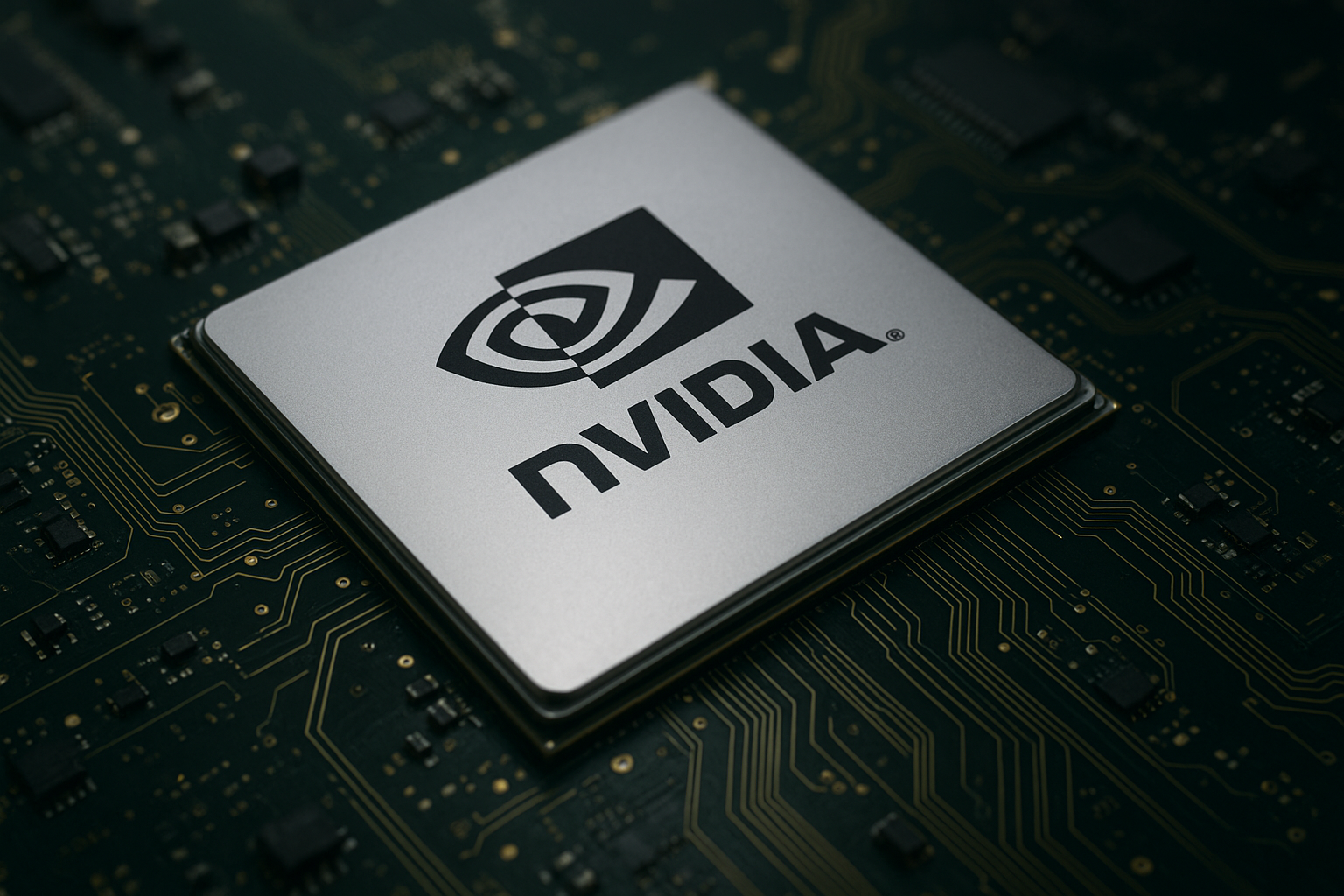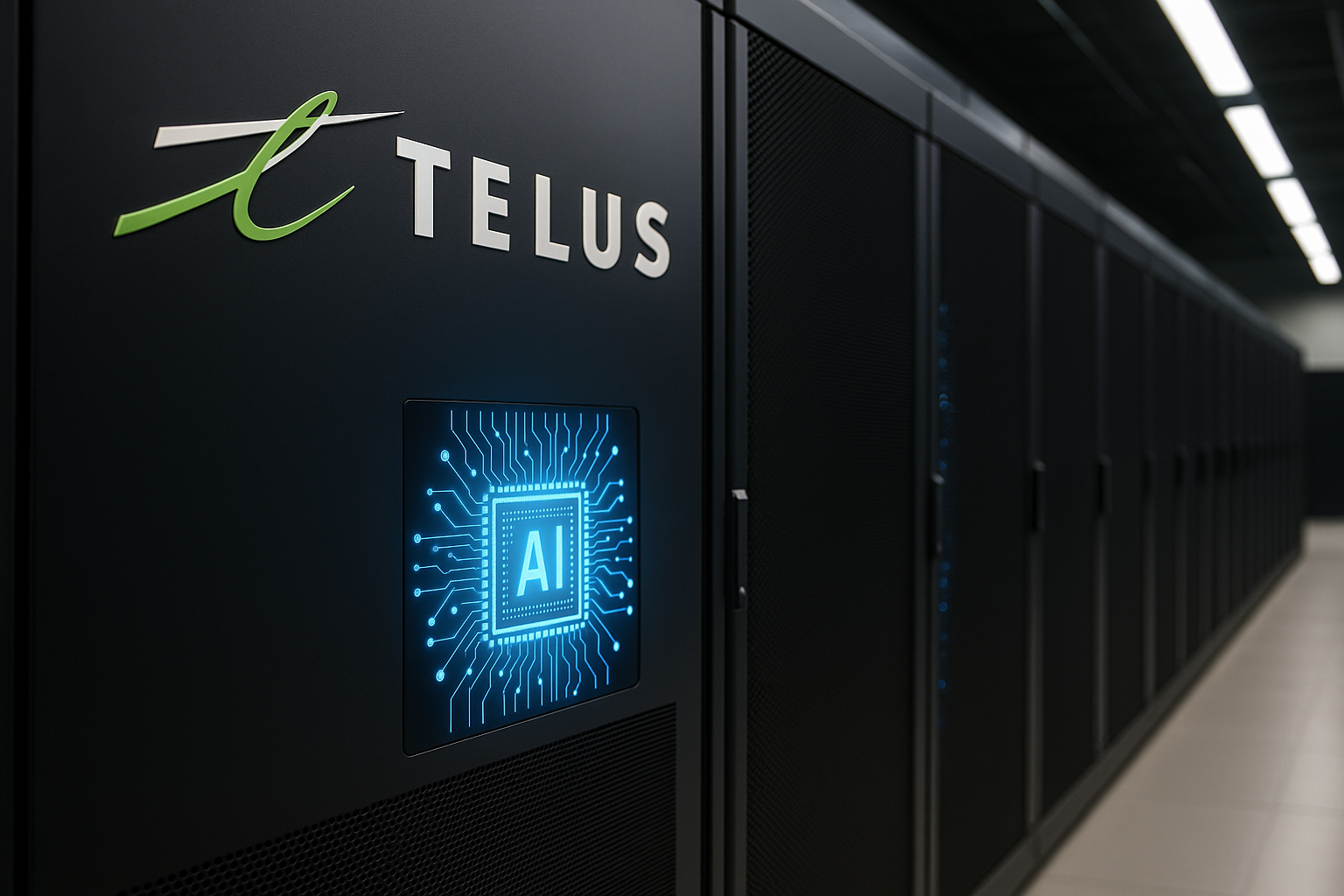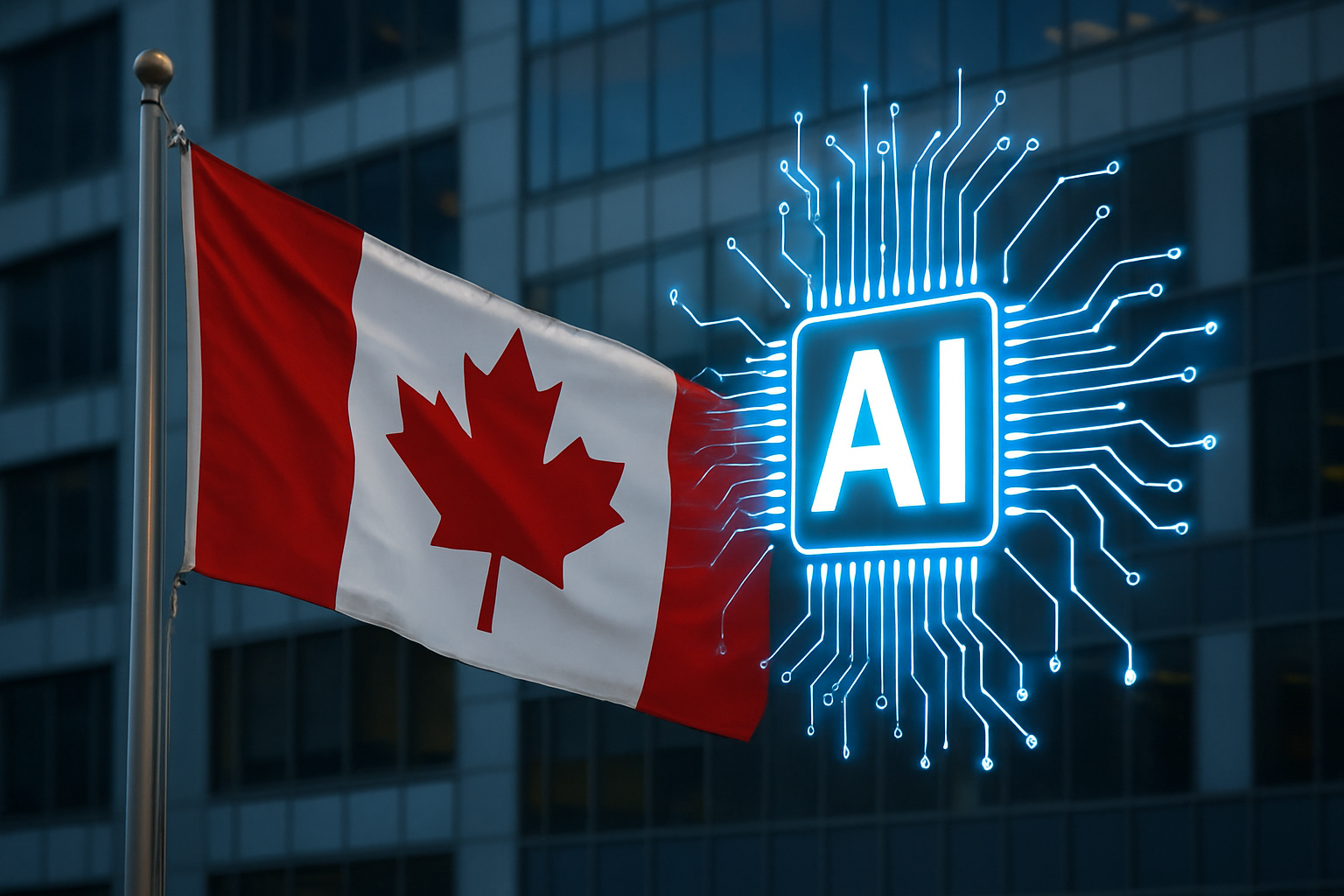In an earnings season defined by scrutiny over the real returns of the AI boom, Nvidia Corporation (NASDAQ: NVDA) has once again silenced skeptics. The chipmaker reported Q3 2025 revenue of approximately US $35.1 billion, up an extraordinary 94% year-over-year, driven largely by surging global demand for AI-training chips and data-center infrastructure.
This isn’t just a corporate milestone — it’s a signal flare for investors. The market narrative around AI is shifting from speculative euphoria to tangible infrastructure growth, positioning Nvidia as both the benchmark and the bellwether for the sector’s next evolution.
The Engine Behind the Numbers
Nvidia’s record quarter marks the continuation of a trend that has redefined the semiconductor and data-infrastructure industries. According to the company’s filing and earnings call, data-center revenue exceeded US $28 billion, nearly doubling from the same period last year. The bulk of that growth came from hyperscalers — including Amazon Web Services, Microsoft Azure, and Google Cloud — racing to expand the compute capacity required to train large-language models and generative-AI platforms.
Analysts from Bloomberg Intelligence and Goldman Sachs note that these hyperscalers are now spending at levels unseen since the early-internet era. Goldman estimates that global AI-related capital expenditures could surpass US $400 billion by 2026, with Nvidia expected to maintain a 70 %-plus share of high-performance AI GPUs.
That dominance is reflected in market sentiment: despite volatility in broader tech, Nvidia’s valuation has remained resilient, and its stock continues to serve as a proxy for AI-infrastructure optimism.
Why This Matters for Investors
The scale and speed of Nvidia’s growth indicate that AI infrastructure is no longer a niche theme — it’s the backbone of the next technology cycle. Investors are beginning to pivot from pure-software or consumer-AI plays to the “picks-and-shovels” side of the revolution — hardware suppliers, chip designers, cooling-system manufacturers, and data-center builders.
However, this boom also brings growing pains. Rival chipmakers Advanced Micro Devices (NASDAQ: AMD) and Intel (NASDAQ: INTC) are ramping up next-gen AI-optimized chips, while smaller players like Cerebras Systems and Graphcore are courting niche markets in training efficiency and inference performance.
Moreover, geopolitical risk continues to shadow the semiconductor supply chain. The U.S.–China tech export restrictions have tightened access to advanced GPUs, compelling Nvidia to develop region-specific variants. Any escalation in trade tensions — particularly around chip exports — could ripple through the sector, affecting both earnings visibility and valuation multiples.
For investors, this means opportunity and risk are tightly intertwined. The winners of this phase will likely be those firms that can scale production, diversify supply chains, and innovate around energy efficiency and compute density — key differentiators in the high-cost world of AI data centers.
Future Trends to Watch
- The Rise of AI-Driven Data Infrastructure:
Global data-center capacity is projected to grow by over 30% annually through 2027, according to McKinsey & Company. This growth will not only lift chipmakers but also benefit sectors like advanced cooling systems, network optimization, and green energy solutions. - Energy and Sustainability Pressures:
The AI boom comes with a massive power footprint. Industry reports estimate that AI workloads could account for up to 4 % of global electricity use by 2030. This is driving demand for energy-efficient GPUs and renewable-powered data centers — another emerging investment opportunity. - The “Second Wave” of AI Stocks:
The first wave rewarded obvious beneficiaries like Nvidia and Microsoft. The next may include hardware-adjacent firms — from memory-chip producers (Micron, SK Hynix) to optical-network suppliers (Marvell Technology, Broadcom). Investors looking for exposure to the broader AI infrastructure stack may find compelling value here.
Key Investment Insight
Nvidia’s results confirm that AI is not just a hype cycle but a durable capital-investment trend. Yet, concentration risk is high — the company now represents a disproportionate share of AI-index exposure. Prudent investors should diversify across the ecosystem, focusing on data-center infrastructure, semiconductor manufacturing equipment, and enabling software firms that support scalability.
As Nasdaq analysts highlighted, the next phase of growth in AI may hinge less on training models and more on deploying them efficiently — a shift that could benefit firms involved in inference optimization, edge computing, and distributed AI infrastructure.
In short: AI’s industrialization has begun. Investors should think less about “which chatbot wins” and more about who builds the rails that make AI possible.
Stay ahead of market-moving insights like this at MoneyNews.Today — your trusted source for global investor intelligence, where we connect the dots between data, policy, and opportunity.





